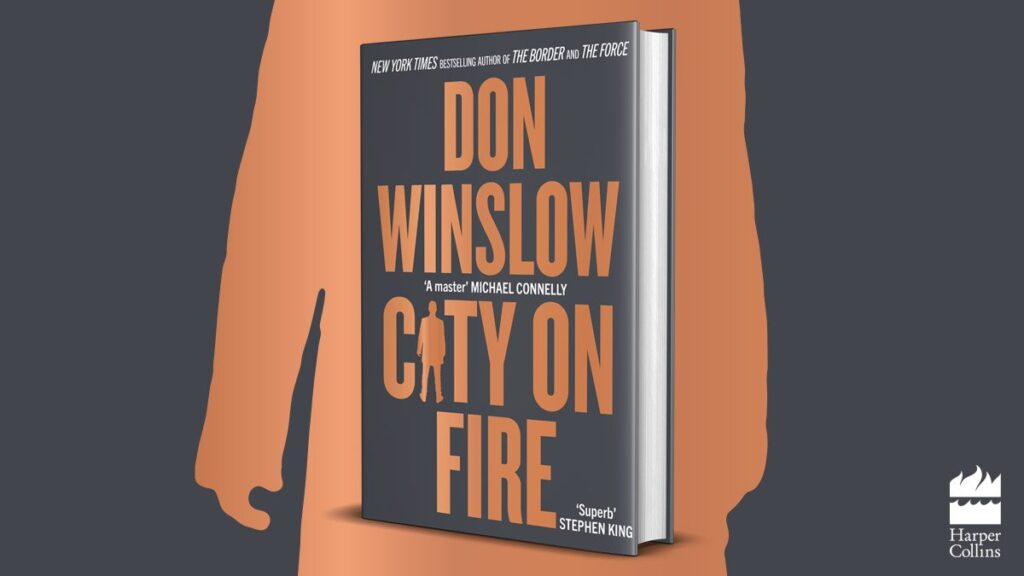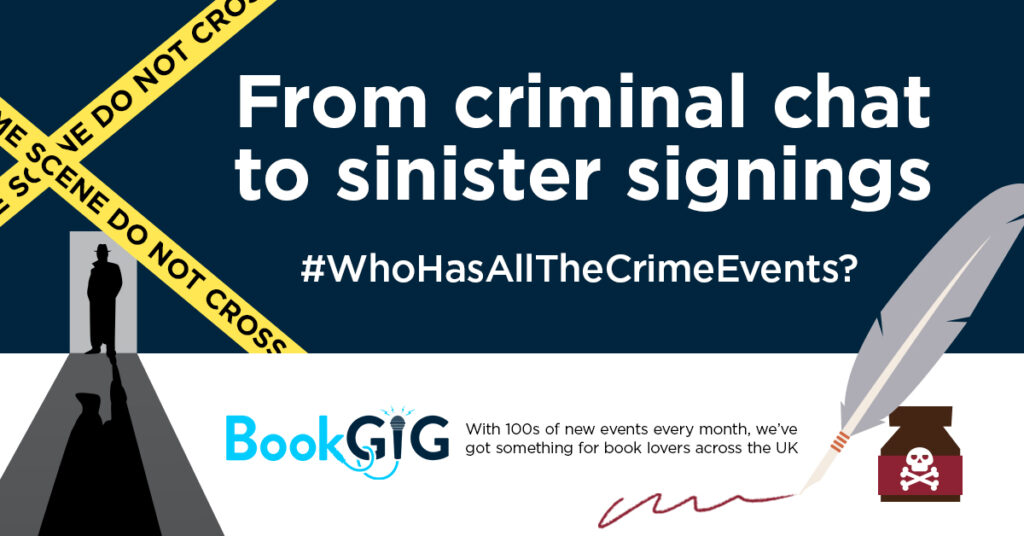Cramp
 When I was about eleven, I spent some time working on my signature. It was during a particularly boring maths class (or it might have been physics, who knows? Not me, and I was there… I think) that I sat down and doodled my name into the fantastic stylish signature that would adorn the cover of platinum albums, or movie posters, or groupies’ boobs … something like that anyway. Because, let’s face it, who doesn’t think they’re going to set the world alight when they’re eleven? Before spots and puberty kick in to make sure you know just how ridiculous a creature you really are.
When I was about eleven, I spent some time working on my signature. It was during a particularly boring maths class (or it might have been physics, who knows? Not me, and I was there… I think) that I sat down and doodled my name into the fantastic stylish signature that would adorn the cover of platinum albums, or movie posters, or groupies’ boobs … something like that anyway. Because, let’s face it, who doesn’t think they’re going to set the world alight when they’re eleven? Before spots and puberty kick in to make sure you know just how ridiculous a creature you really are.
So by the end of the lesson I had learned nothing about logarithmic functions (or transistors if it was physics), but was all set to meet my fans. When, or more likely if, I ever had any, I’d be able to whip out a pen and sign my name with the appropriate flourish for a rock/filmstar.
Of course no one wanted me to sign anything. So my fancy new signature got put in a cupboard and forgotten about. Oh, I’d drag it out every now and then when I was old enough to have a cheque book, but other than that it was dead weight.
It all changed when Cold Granite came out… Or, to be more precise, just before it came out, because in the run-up to publication I went on an all expenses paid trip to the HarperCollins Distribution Centre in sunny Bishopbriggs. Which is a canteen, a few offices, and a dirty big warehouse full of books.
They sat me down in a large-ish office with a pack of pens and a stack of books to sign. Three thousand of the buggers. Given that my previous record for signing things was about once every six weeks, this presented something of a challenge.
It didn’t help that by this time my signature had made the transition from ‘dusty’ to ‘rust-ridden-leprous-scrawl’, so I asked the all-powerful Marie, customer services guru, if I should invent a special signature for doing books – something that actually looked my name and people could read. No, she told me, if you’re going to sign a book it should be with your real signature: the one you use from day to day. If you don’t, you might as well just get someone else to do it for you. It’s meant to be something of you, something personal that connects the writer with the reader. Fair enough. And off we went.
Three thousand books later, it felt as if my arm was falling off and my hand would never work again. I had actual writer’s cramp from being a writer.
The year after that, we went at it again, only after the three thousand goes on Cold Granite, the rust-ridden-leprous-scrawl had devolved into a drunken squiggly line. Another year on and it was even worse, so I added the word MacBride in proper writing after it. I didn’t think this was cheating, because I adopted it as my day-to-day signature. I wasn’t faking it just for the books, it was now me.
Of course the next year it was back to being a lumpen scrawl again.
These days even I can’t read it.
 When Twelve Days of Winter came out in November I signed a copy for a lady who took one look at the wibbly-wobbly mess I’d made with my red pen and asked me if I could do my proper signature on it now. I had to pull out the photo part of my driving licence to prove to her I wasn’t actually taking the piss – that was what my signature really looks like.
When Twelve Days of Winter came out in November I signed a copy for a lady who took one look at the wibbly-wobbly mess I’d made with my red pen and asked me if I could do my proper signature on it now. I had to pull out the photo part of my driving licence to prove to her I wasn’t actually taking the piss – that was what my signature really looks like.
It must really annoy collectors that there’s sod-all consistency when it comes to signed copies, but there’s nothing I can do about it. So tough titties, as we used to say when we were eleven.
{If you’re looking to get Stuart’s authentic signature on his latest book, Close To The Bone, and you can’t make it to any of the events Stuart’s doing, and your local bookshop doesn’t have any pre-signed ones, Waterstones are very good at getting signed stock passed through their internal book-transfer system – contact your nearest branch for details}


